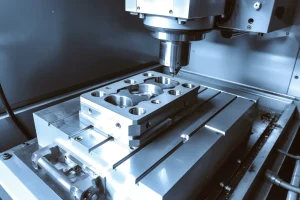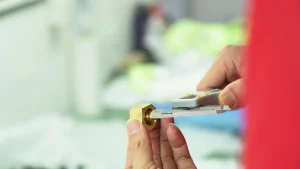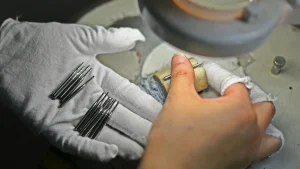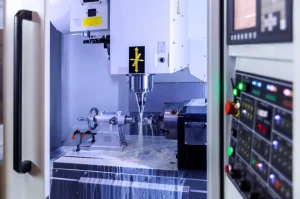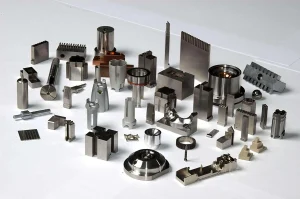The CNC parts processing quality inspection process refers to a set of operating procedures for inspecting and testing the processed parts after the CNC parts are processed to ensure that the processing quality meets the requirements. The following is an introduction to the CNC parts processing quality inspection process and related issues:
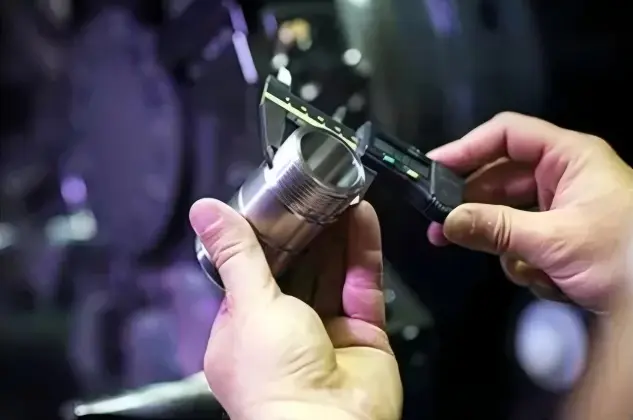
First, conduct a visual inspection: perform an appearance inspection of the processed parts, including size, shape, surface finish, etc.
Perform measurement inspection: Use professional measuring instruments to perform accurate size and shape measurements on the processed parts to check whether the size and shape of the processed parts meet the design requirements.
Use CMM machine for three-dimensional measurement: Use three-coordinate measuring instruments to perform comprehensive three-dimensional measurements on the processed parts to check whether the geometric features of the processed parts are correct.
Check surface roughness: Check the finish and flatness of the surface of the processed parts by using a surface roughness measuring instrument.
Cleaning and packaging: Clean the CNC parts that have passed the inspection and adopt appropriate packaging methods to ensure that they will not be damaged during transportation and storage.
Questions related to CNC parts processing quality inspection:
Why is CNC parts processing quality inspection so important?
Answer: CNC parts processing quality inspection can ensure that the size and shape of the processed parts meet the design requirements and avoid assembly and use problems caused by size and shape deviations.
How to prevent CNC parts processing quality problems?
Answer: It is necessary to do a good job of machine tool maintenance and care, select appropriate cutting tools and cutting parameters, and monitor the processing process throughout.
How to deal with CNC parts processing quality problems?
Answer: If a quality problem occurs, production should be stopped immediately, investigation and analysis should be carried out to find out the root cause of the problem, and measures should be taken to correct and improve it.

